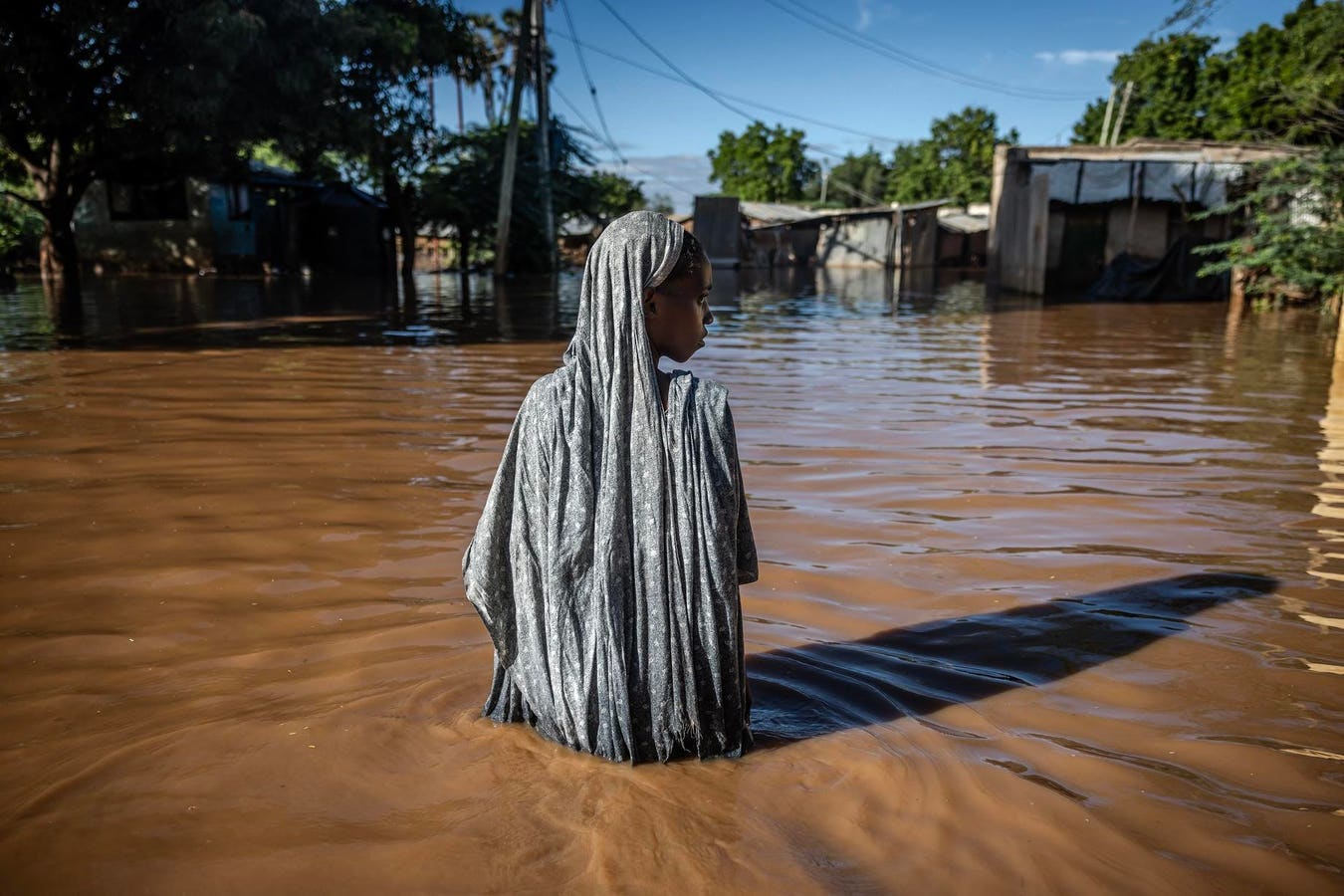TOPSHOT – A woman wades through flood waters at an inundated residential area in Garissa, on May 9, … More
Risk-return calculations drive the flow of finance towards emerging markets and developing economies. On the risk side of the equation, estimates are frequently conservative, based on sovereign ceilings rather than asset-specific or project-level risks. And sometimes, these estimates are based on geographical proximity rather than actual risk.
A clear example is the 2023 coup in Gabon, which led investors to pull back from bonds across different African countries, driving up borrowing costs even for countries that remained politically stable such as Kenya.
When looking at default rates across different points in time, emerging markets (EM) have often shown greater resilience than their advanced market (AM) counterparts during global crises. For instance, during the 2008 global financial crisis, default rates among EM firms were notably lower than those in AMs. Recovery rates in EMDE investments average 72 per cent, exceeding global averages for comparable assets (Moody’s Global Bonds: 59 per cent; J.P. Morgan EM bonds: 38 per cent).
Further, in a study by Moody’s, we see that infrastructure loan default rates in Africa are less than a half of Western Europe and less than a third of those in North America. This suggests that the perceived risk of infrastructure investment in Africa may be significantly overstated relative to actual performance, highlighting a disconnect between investor perception and empirical evidence.
All of these examples point to the fact that we may be overestimating the risks of investing in emerging markets. Such misalignment of perception and reality is driving investors to stay away from viable opportunities.
Of course, some structural barriers remain. Currency and complexity risks can be addressed through currency hedging, credit enhancements and tailored guarantees.
In 2021/22, average project ticket sizes in EMDEs were almost three times lower than in high-income countries. Aggregating projects and creating a pipeline of bankable opportunities, rather than trying to attract capital for small, individual projects, will ultimately make it worth the while for investors to engage.
Further, to mobilise capital to these countries, it is vital to match mandates and ecosystems and to create greater collaboration between all stakeholders. Those in question include multilateral development banks, development finance institutions, banks, institutional investors, insurance companies, credit rating agencies and guarantee providers.
Based on such findings, our report, Beyond the Myths: From Perceptions to Practice in Scaling Blended Finance to EMDEs, calls for five priority actions. These include: strengthening market infrastructure and transparency; building local capacity and partnerships; addressing information gaps and building investor confidence; aligning policy frameworks and investment mandates; and promoting standardisation and certification structures.
Together, these steps can build investor confidence by dismantling long-held misperceptions, challenging biases, simplifying participation in projects, reducing costs and demonstrating the commercial case for blended finance.
In short, they can finally unlock significant amounts of much needed private capital in those countries most impacted by climate change and with the fewest resources to adapt to the challenges of more frequent and intense extreme weather events.









